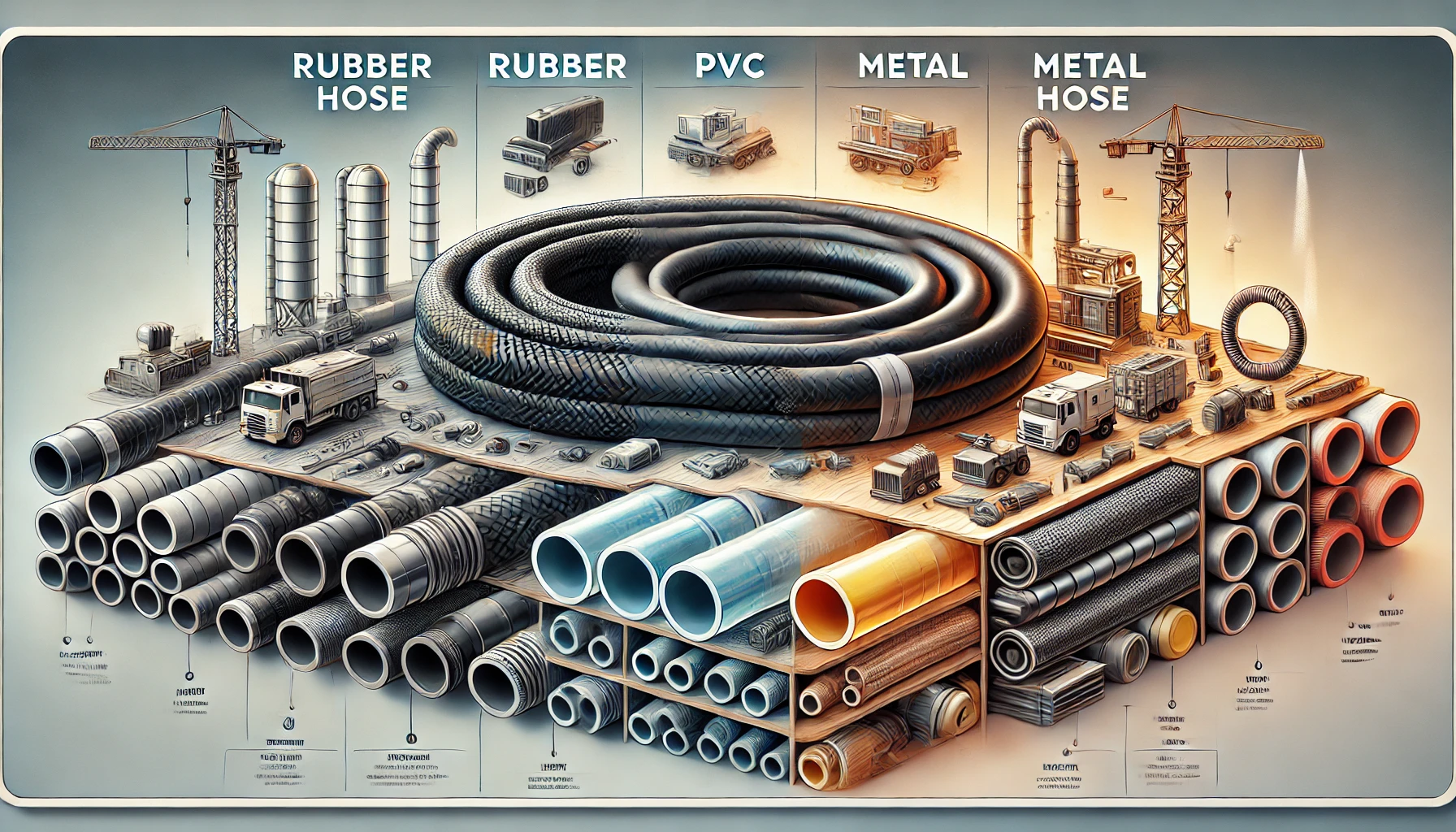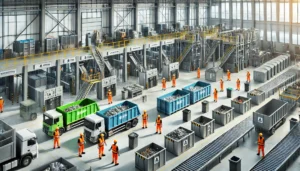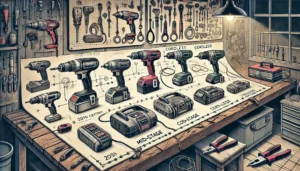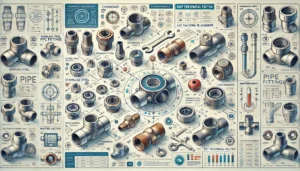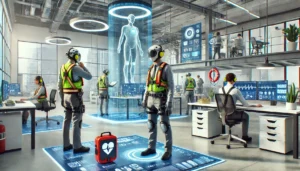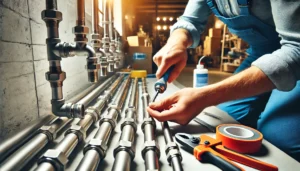In today’s industry pipeline systems, welded pipes have an edge due to their reinforced properties and adaptability. To produce welded pipes, plate or coils are first converted into circular cross-sections and then welded at the edges using specific techniques. This research seeks to explain the manufacturing of welded pipes, and its benefits, challenges, and uses.
How Are Welded Pipes Made?
Welded pipes are made from plates or coils that are joined together in a linear arrangement and welded together to create a single tubular structure. The initial step involves the use of a plate bending machine or rollers to facilitate the bending of the plate or coil into a circular form. Commonly used for thicker pipes is the UO method, whereby a plate is first molded in a U shape before being folded into an O shape. This ensures that the resultant pipe has a circular section. Specialized devices are employed to weld the two edges of the pipe once the circular section is completed. A filler may be required in the welding process, but it is not a must. This will be based on the end use of the pipe and the process conditions.
Welded pipes are a preferred choice for industrial purposes due to many reasons. First, they are lower in cost than seamless pipes thus being a cheap alternative especially in large diameters. Second, allowable size limitations on the pipe’s manufacturing capability enable pipes of all diameters to be produced. Additionally, welded pipes, especially those parts made with filler material, are able to fabricate custom parts with long radius bends and elbows. These advantages aside, the weld joint in these pipes makes them susceptible to damage especially in applications that are under constant high stress which makes them weaker than seamless pipes.
Types of Pipes based on Welding Technique Used
Welded pipes are produced using different welding techniques that are different from each other in terms of features, strength and even their applicable use.
Submerged Arc Welding (SAW):
SAW is a welding process in which the welding arc is actually drowned out by a layer of flux on the surface, while an external continuous filler wire feeds the joint area. This method includes welding the pipe both internally and externally for strength and symmetry. SAW pipes are further classified into single-seam and double-seam types. Single-seam SAW pipes are those that are welded once at a single longitudinal seam, whereas double-seam SAW pipes are those that are welded at two seams that are directly across each other, which are made to have a greater thickness and more than one pass of welding. Straight SAW pipes are usually applied on medium to high pressure services whereas spiral SAW pipes which are more economical are used on low pressure applications.
Electric Resistance Welding (ERW):
In the ERW technique, edges of the plate or coil are joined together due to heat generated by the electric current under the pressure. This technique is very effective and most popular in the manufacture of medium sized pipes for transportation of oil and natural gas. This procedure eliminates the filling material which makes the internal side free from welding material and thus allows the ERW pipe to be used in applications that depend on high flow rates.
Electric Fusion Welding (EFW):
It is a method whereby an electric arc or other fusion is used to melt the edges of a plate together. This technique is most commonly used in high pressure applications and where strength and reliability are needed. EFW pipes are mostly encountered in critical industrial sectors where there is a strong need for accuracy and sturdiness.
High-Frequency Welding (HFW):
ERW pipes are also welded with the aid of high-frequency currents known as HFW pipes. This method is especially suitable for the manufacture of precision pipes for the automotive industry and the energy sector. Because the coils of wire employed in the HFW process are so small, a great deal of control is possible and uniformity and strength are obtained. Thus it is useful in industries which require precision.
Post-Welding Processes
There’s a series of activities that are performed so as to make the welded pipes of high quality and able to withstand a lot of pressure. These activities are intended to make sure that the pipes are usable in varying fields.
Heat Treatment:
Nodes are often given heat treatment for example heating of the weld joint or the entire body of the pipe in order to release stresses and improve mechanical qualities. This quality is imperative to obtaining a pipe that withstands varying types of operations for a prolonged time.
Non-Destructive Testing (NDT):
RT, as well as UT, are some of the methods adopted to determine the soundness of the welds. This is done by the use of what are referred to as ‘Non-destructive testing’ techniques which enable the practitioners to identify internal and external flaws on the pipe without causing any destruction to the pipe.
Hydro-Testing:
Hydro-testing implies by filling the pipe with water and applying pressure to the pipe to evaluate whether there are any defects and ascertain that the pipe does not leak. This is an ordinary practice to ascertain the strength and safety of the pipe when subjected to pressure.
Inspection:
Visual and dimensional inspections are done to establish whether the pipes comply with the necessary industry and specification standards. Inspection engineers check the quality of the individual pipes to ensure that each one of them meets the customer and regulatory requirements before they are marked and packed.
Key Features of Welded Pipes
Welded pipes have several defined advantages which justify their use in industries. The ability to be manufactured in different sizes and thicknesses is advantageous as different industries have different requirements. Moreover, welded pipes are more economical than seamless pipes especially when the pipe diameter required is large. In addition, since they are designed to fit particular sizes, they can be used to make custom parts such as elbows and bends. However, high stress or critical areas would find seamless pipes more appetizing since the weld joint in these pipes would become a weak link.
Summary
Welded pipes are ideal for various industries because they are economical and easy to manufacture through SAW, ERW, EFW, and HFW methods. They do have some restrictions but still these set of welded pipes is easier to work with and choose in any industry. A broad array of welded pipes is supplied by Induskart to suit your specifications irrespective of your industry requirements. Our whole inventory contains high-quality pipes suitable for low pressure as well as high performance in order to provide suitable mixture of emphasis on performance and focus on industry requirements.

